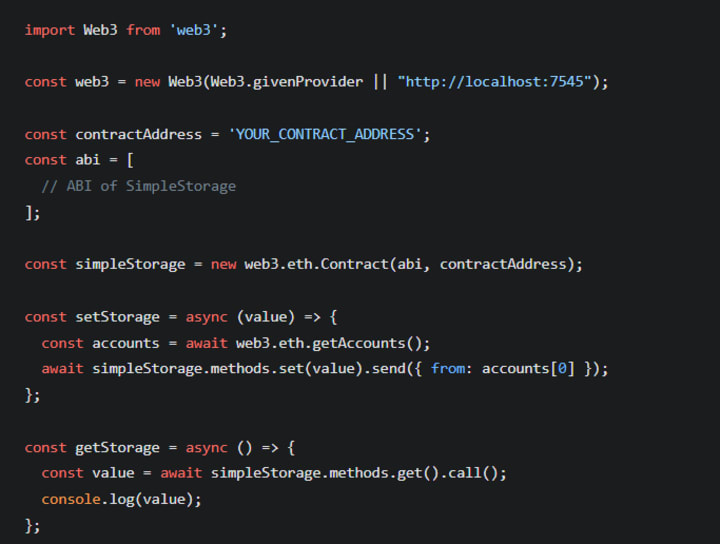Ethereum Development: Creating Smart Contracts and DApps
Unlocking the Potential of Blockchain

The digital world is undergoing a significant transformation, and at the heart of this revolution lies Ethereum, a decentralized platform that enables developers to build and deploy decentralized applications (DApps) and smart contracts. This shift is part of a larger movement known as Web3, which aims to create a more decentralized and user-centric internet. To understand the foundation of this exciting new era, check out our beginner’s guide to Web3 development.
Understanding Ethereum
Ethereum is a blockchain platform that extends beyond the capabilities of Bitcoin. While Bitcoin is primarily a digital currency, Ethereum is a decentralized platform that allows developers to run code for any decentralized application. This is made possible through Ethereum's native programming language, Solidity, which is used to write smart contracts.
What are Smart Contracts?
Smart contracts are self-executing contracts with the terms of the agreement directly written into code. They automatically execute transactions and actions when predefined conditions are met. This eliminates the need for intermediaries, reduces the risk of fraud, and ensures transparency. Smart contracts are immutable and distributed, meaning once deployed, they cannot be altered and are executed on every node in the Ethereum network.
The Role of a Web3 Development Company
Engaging with a Web3 Development company can significantly ease your journey into Ethereum development. These companies specialize in blockchain technology, offering services ranging from consulting and strategy to development and deployment of smart contracts and DApps. Their expertise can help you avoid common pitfalls and accelerate your project's timeline.
Steps to Create Smart Contracts
1. Setting Up the Development Environment
Before you start coding, you need to set up your development environment. This involves installing Node.js, npm (Node Package Manager), and Truffle, a development framework for Ethereum.

You also need a local Ethereum network for testing, which can be set up using Ganache, a personal blockchain for Ethereum development.

2. Writing the Smart Contract
Smart contracts are written in Solidity. Here's a simple example of a smart contract:

This contract allows you to store and retrieve a single unsigned integer.
3. Compiling and Deploying the Contract
Next, you compile and deploy the smart contract using Truffle. Create a Truffle project and add the contract.

Add the contract to the contracts directory, then compile it.

Deploy the contract using a migration script in the migrations directory.

Run the migration to deploy the contract.

Creating DApps
DApps are applications that run on a blockchain network. They utilize smart contracts to manage backend logic and interact with the blockchain. Here’s a brief overview of building a DApp:
1. Frontend Development
A DApp's frontend is similar to traditional web applications but includes blockchain integration. You can use frameworks like React or Angular for this. The key is integrating with the Ethereum blockchain using Web3.js, a JavaScript library that allows you to interact with Ethereum nodes.
2. Integrating with Smart Contracts
Use Web3.js to connect your frontend with your deployed smart contracts. Here’s a basic example of how to connect to the Ethereum network and interact with the SimpleStorage contract.

3. Testing and Deployment
Testing is crucial. Use testing frameworks like Mocha or Chai to write and run tests for your smart contracts. Once everything is tested and verified, deploy your DApp on the Ethereum mainnet or a testnet.
Conclusion
Ethereum development requires a blend of understanding blockchain principles, mastering Solidity for smart contracts, and integrating these contracts into DApps using tools like Web3.js. Partnering with a Web3 Development company can significantly streamline this process, providing expertise and support from concept to deployment. As blockchain technology continues to evolve, the ability to create secure, efficient, and innovative DApps will position you at the forefront of the digital revolution. Start your journey today, and embrace the potential of decentralized applications and smart contracts on Ethereum.
About the Creator
Theodore Brown
IT Enthusiast | Software Development | Sharing insights on trending topics, software development & MVPs.






Comments
There are no comments for this story
Be the first to respond and start the conversation.